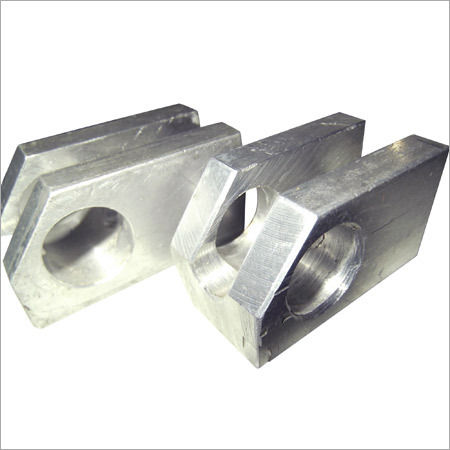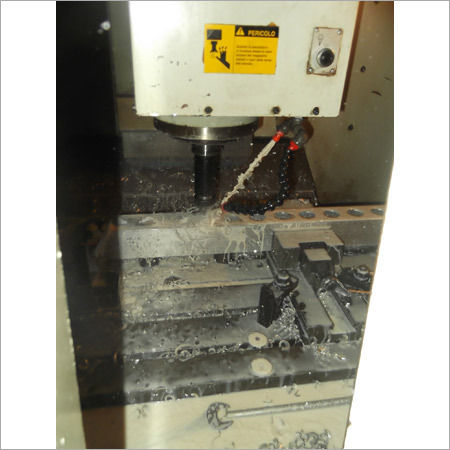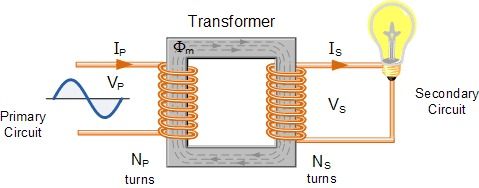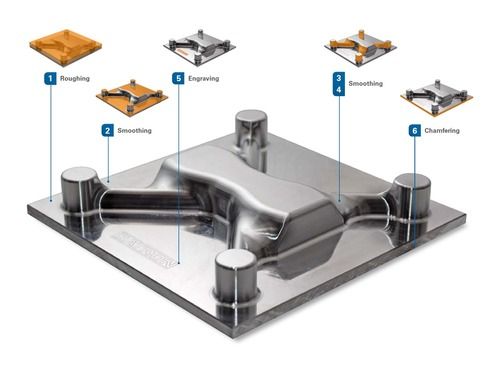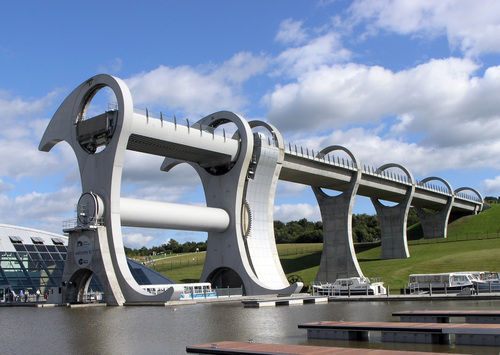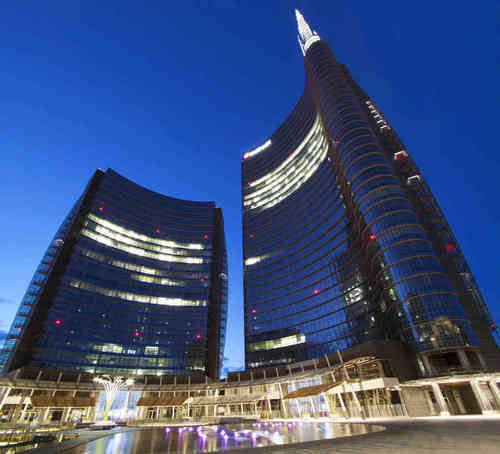
Architect Design And Development
Price:
Get Latest Price
In Stock
Product Specifications
| Software | CAD software |
| Modeling | 3D, 2D |
| Objects | Intelligent |
| Integration | BIM |
| Data links | Dynamic |
| Usage | Architectural design and building information modeling |
| Compliance | Industry standards |
| Features | CAD modeling, Building design, Project accuracy, Smart objects, BIM integration |
Product Overview
Key Features
Cnc tech (Architectural cad)
Architectural objects have a relationship to one another and interact with each other intelligently. For example, a window has a relationship to the wall that contains it. If you move or delete the wall, the window reacts accordingly. Objects can be represented in both 2D and 3D.
In addition, intelligent architectural objects maintain dynamic links with construction documents and specifications, resulting in more accurate project deliverables. When someone deletes or modifies a door, for example, the door schedule can be automatically updated. Spaces and areas update automatically when certain elements are changed, calculations such as square footage are always up to date.[1]
In some countries, the practice of architecture includes planning, designing and overseeing the building's construction, and architecture, as a profession providing architectural services, is referred to as "architectural engineering". In Japan, a "first-class architect" plays the dual role of architect and building engineer, although the services of a licensed "structural design first-class architect" are required for buildings over a certain scale.[3]
In some languages, such as Korean and Arabic, "architect" is literally translated as "architectural engineer". In some countries, an "architectural engineer" (such as the engineer edile in Italy) is entitled to practice architecture and is often referred to as an architect.[4] These individuals are often also structural engineers. In other countries, such as Germany, Austria, Iran, and most of the Arabic countries, architecture graduates receive an engineering degree (Dipl.-Ink. Diploma-engineer ).[5]
In ambala , an "architect" has a technical education and legal powers to carry out building structure and facility projects.[6]
In Brazil, architects and engineers used to share the same accreditation process (CONFEA Federal Council of Engineering, Architecture and Agronomy). Now the Brazilian architects and urbanists have their own accreditation process (CAU Architecture and Urbanism Council). Besides traditional architecture design training, Brazilian architecture courses also offer complementary training in engineering disciplines such as structural, electrical, hydraulic and mechanical engineering. After graduation, architects can be fully responsible for design and construction in these areas (except in electric wiring, where the architect autonomy is limited to systems up to 30kVA), applied to buildings, urban environment, built cultural heritage, landscape planning, interiorscape planning and regional planning
Company Details
Focusing on a customer-centric approach, CNC TECH has a pan-India presence and caters to a huge consumer base throughout the country. Buy Training Consultants in bulk from CNC TECH at Trade India quality-assured products.
Business Type
Exporter, Manufacturer, Supplier
Employee Count
20
Establishment
1998


